For farmers looking at ways to address feed deficits, the utilisation of newer plant genetics and diverse species has become increasingly significant during this final Autumn planting period.
Tag: ryegrass
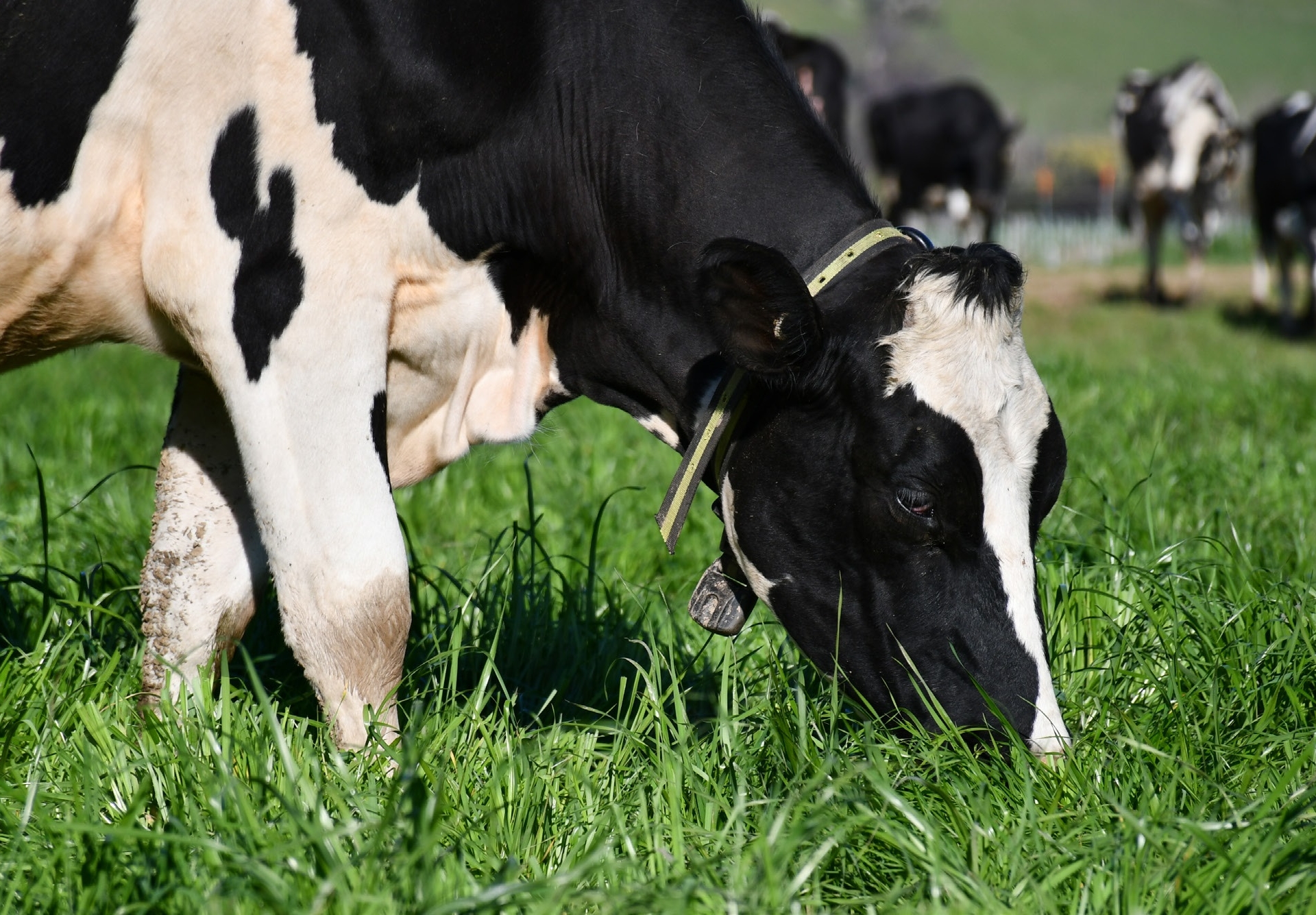
Rampaging Ryegrass: Introducing annual ryegrass Rampage
Notman Pasture Seeds, in collaboration with Cropmark Seeds, proudly unveils Rampage, a brand new short-term ryegrass tailored specifically for Gippsland farmers After five years of meticulous development and rigorous dryland trials at Ellinbank, as well as extensive evaluations in New Zealand, Rampage emerges as the epitome of excellence all round production including its exceptional ability to maintain leafy, high growth well into late spring and early summer, presenting farmers with an extended period of lush growth and continue quality production. “Rampage is the culmination of our dedication to meeting the diverse needs of Gippsland farmers seeking superior homegrown feed for longer into the spring and summer” remarked Peter Notman of Notman Pasture Seeds. “We believe Rampage is the all round […]
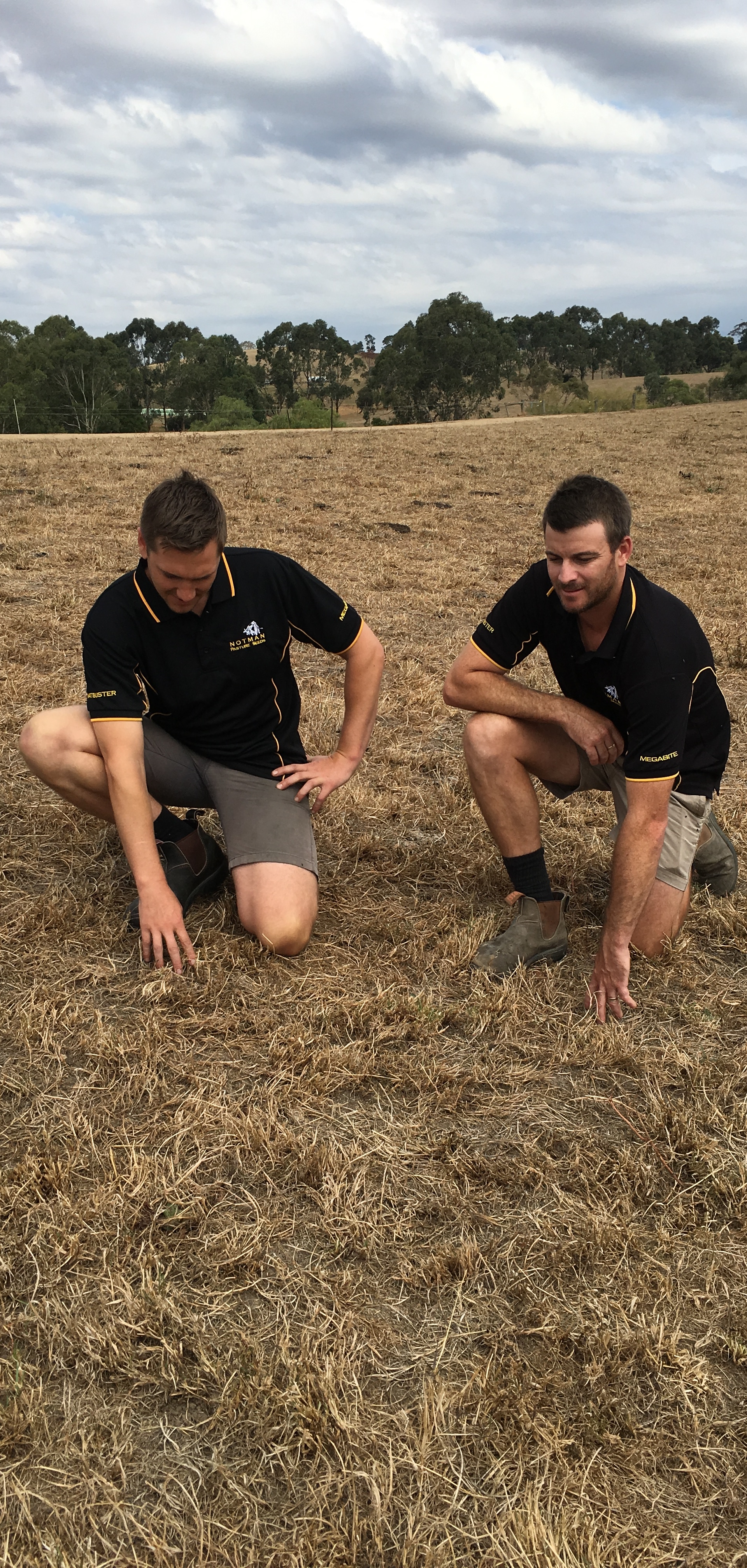
Ryegrass staggers? Our top management tips
Throughout south east Australia, perennial ryegrass has stood as a vital component of pasture systems, offering a rich source of high-quality feed through Autumn to early Summer. However, its symbiotic relationship with endophytes can lead to a condition known as perennial ryegrass staggers or toxicity in grazing animals. This presents a significant challenge for farmers, particularly during late summer and autumn when the risk of staggers peaks. Fortunately, advancements in endophyte research has yielded some promising solutions to reduce lower levels of alkaloids and thus reduce the likelihood of ryegrass staggers. Endophyte technology has advanced significantly since the 1980s with plant breeders such as Cropmark Seeds and DLF Seeds continuing to help develop novel endophytes that provide long-term pasture persistence […]
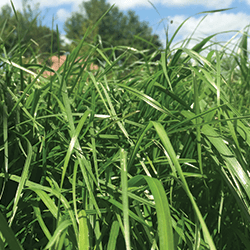
Why combine Diploid & Tetraploid ryegrasses in mixes?
Diploid ryegrasses have two sets of chromosomes per cell, compared to a tetraploid which has four. Diploids combine yield and robustness whilst Tetraploid’s are extremely tasty and palatable. Blends of diploid and tetraploid ryegrasses can achieve a more balanced pasture on your farm. The high sugars and leafiness of tetraploids combined with the persistence and standability of diploids makes an ideal blend with the best of both worlds. For example, combining ryegrasses such as Matrix SE (a diploid) and Base AR37 (a tetraploid) in a perennial ryegrass blend delivers high levels of dry matter production, improved balance of quality feed, high levels of persistence and grazing flexibility. We offer blends of diploid and tetraploid ryegrasses such as Vatbuster, Megabite, Winterbite […]

Renewing pugged pastures
After what most Gippsland farmers would consider a normal rain sodden winter, paddocks across the region have become saturated to a point that it has led to severe pasture damage, and recovery will depend on a number of factors when planning what strategies you may wish to take. Gippsland farmer and owner of Notman Pasture Seeds Peter Notman has provided some tips for repairing pugged pastures. Pugged pasture re-sowing options We have observed a large amount of successful spring grass sowing during our 30 years in the field when there is good planning, timing, seed soil contact and fertility. The spring pasture re-sowing window is short, so as soon as soils are dry enough to get machinery on the re-sowing […]
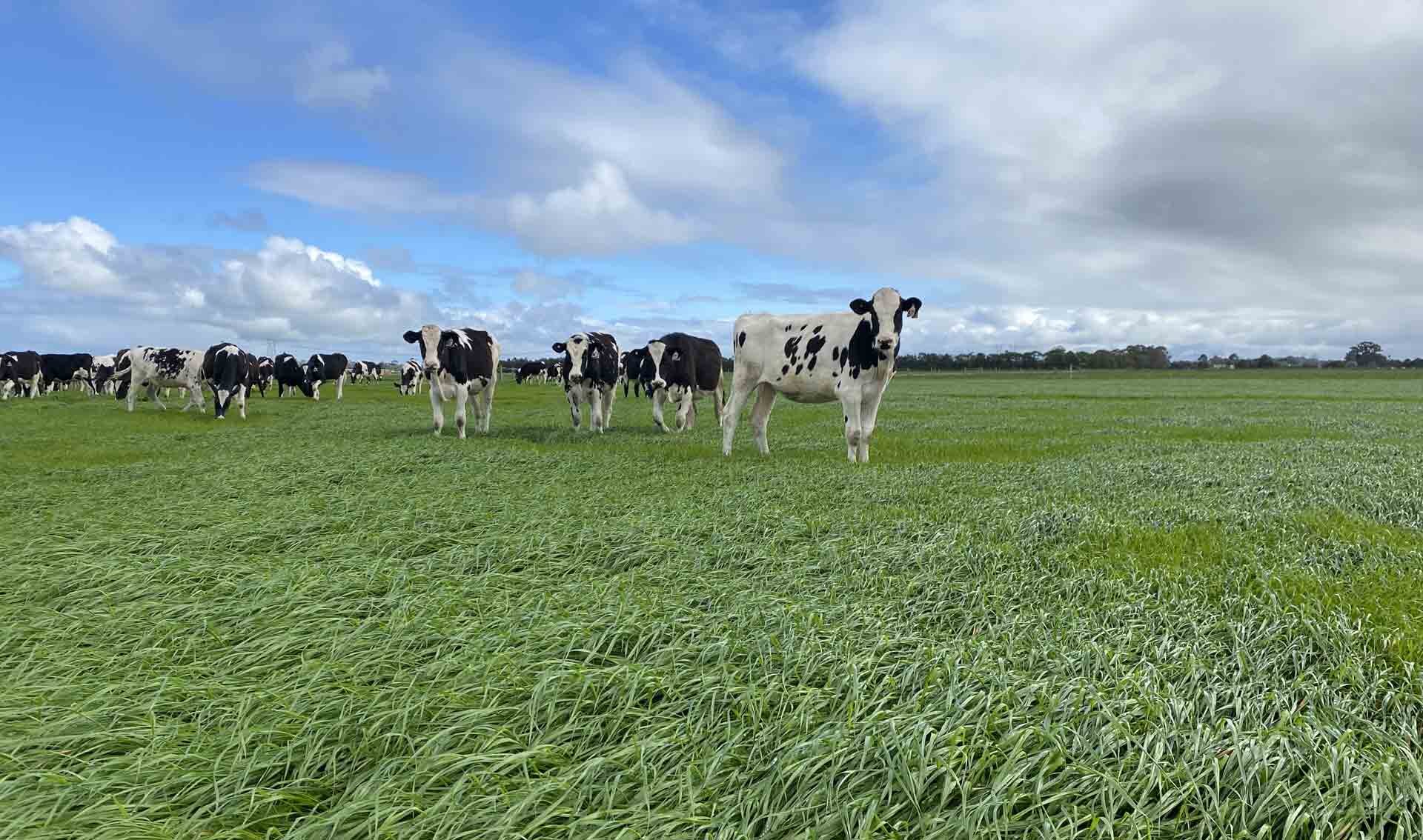
Better results from pasture renewal with a final check
Maximising autumn pasture renewal starts with optimising pasture establishment by checking for & eradicating competing weeds & grass – and this can make all the difference in success or sub-optimal establishment of new pasture. A final check of your paddocks before you spray them out this season is the first step towards establishing strong & persistent pasture. It’s an opportunity to find out what weeds are present, taking pictures if you’re unsure, and getting in touch with your local agronomy team to find out what you need to get rid of them. It often as simple as this final check. Peter Notman of Notman Pasture Seeds says even if you’re ticking all the other boxes with good variety selection, adequate soil fertility and start-up fertiliser, this final paddock check before sowing can establish the need to broaden […]
Pest protection for emerging seedlings – Insecticide Seed Treatment
Seed treatment is an effective way to protect emerging seedlings against pests, with options available for: Red-legged earth mite Blue oat mites African black beetles Aphids Cutworms Wireworms and Lucerne flea. Why use seed treatment? If you’ve encountered pasture loss in the past due to insect pressure, seed treatment is a worthy consideration. By protecting seedlings against key insects, seed treatment products help maximise plant establishment and early plant development when young seedlings are most vulnerable to pest pressure. Reducing the impact on the soil environment The active ingredient only covers the surface of each seed so that it is always located right where it is needed. The result is a reduction in the amount of chemical needed to protect […]

Pasture recovery from pugging damage
PETER NOTMAN | 2011 Despite the best efforts of many farmers, with the high rainfall in autumn, winter and early spring periods, soils have become saturated. This has led to severe pasture damage on a large number of farms in south-west Victoria and Gippsland. Recovery will depend on a number of factors, and when planning the recovery strategies best suited to your farm. KEY POINTS Prioritising your main targets early if possible. Don’t take on more than you can manage effectively. Roll as soon as soils begin to dry out – have the roller ready to go Control of weeds and pests essential both pre- and postgrazings of new re-sowings All re-sowing requires appropriate timing. All re-sowing requires good seed […]
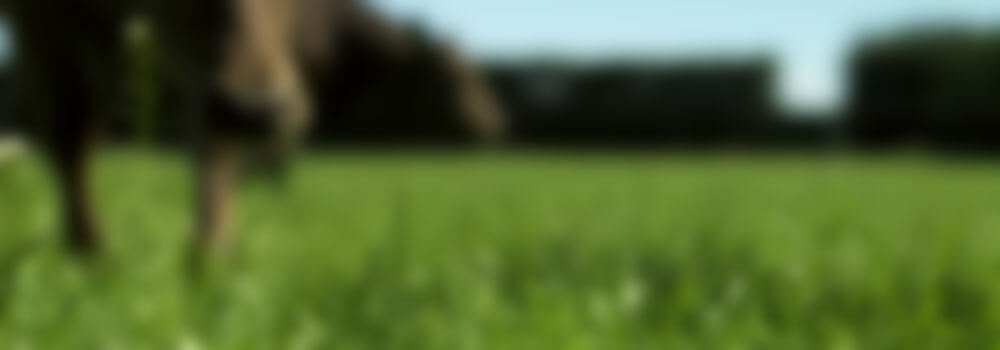
Ryegrass leaf rust & management
Leaf Rust is a term used to describe fungi that can attack ryegrass, primarily: • Crown Rust (Puccinia coronata) also referred to as leaf rust• Stem rust (Puccinia graminis) Rust can severely hamper the growth of a ryegrass plant as well as reducing the plants nutritional quality (ME) and palatability to livestock. How to identify Ryegrass Leaf Rust Crown (or Leaf) Rust appears initially as yellow dots on leaves, later developing into bright orange circular powdery spots or pustules up to 1mm in length on ryegrass plants. Rust tends to thrive in hot and humid weather. Rust also tends to attack pasture when there are high levels of herbage present. Weaker plants leaves as well as those that are moisture […]

Keys to promoting winter pasture growth
Keys to promoting winter growth Permanent pasture is the mainstay of our pastures in South Gippsland, so maximising the performance of these pastures is of utmost importance. Timing is important in the establishment new pastures as overlooked opportunities & mismanagement can have severe impacts on long term pasture performance heading into late winter and spring with diminished DM/ha returns of quality feed. Walk pastures on a regular basis and assess how far away they are from the necessary grazing, fertiliser and weed/pest control. Common weed infestations include capeweed, chickweed, dock, erodium, flatweed, marshmallow, stinging nettle & thistles. It’s important to ensure herbicide grazing withholds are observed & impact to legumes such as clovers are taken into consideration. New pastures often […]







